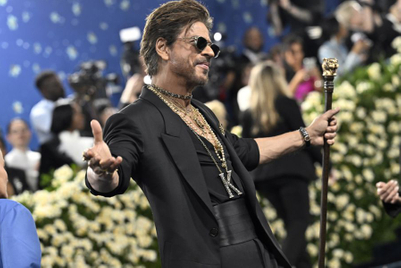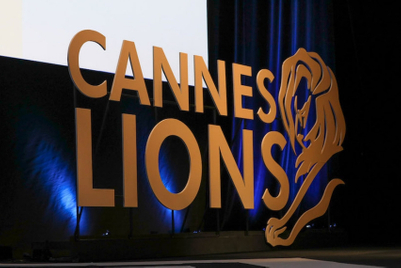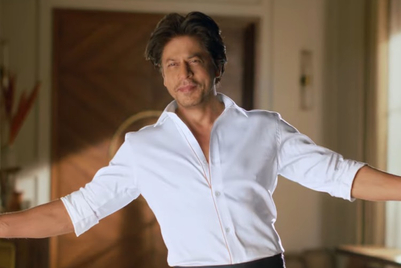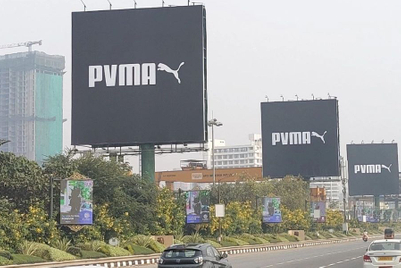
‘India day’ at the Cannes Lions International Festival of Creativity 2023, began with Sukesh Nayak, chief creative officer, Ogilvy India, taking to the stage to discuss how ‘purpose can rediscover its purpose’.
Nayak was joined by Mie-Leng Wong, SVP - global brands, Mondelez, and Darren Bailes, global chief creative officer, VCCP.
Wong stated by going back to 2017.
“Cadbury was looking for a new version of the gorilla ad. When we played that ad, sales were grown by 5%. But we realised we were trying to replicate success rather than create new. The competition had made it difficult with their loud and colourful advertising. In 2017, sales in established markets were decreasing and growth in emerging markets was slowing down,” she said.
Wong added that the brand’s positioning of ‘joy’ was alienating consumers and Cadbury was looking at a way of reconnecting them with the brand.
Bailes stated how he used to look at Cadbury as a brand that made him feel safe and secure and compared it to a ‘hug from his mom’.
“In 2017, the brand didn’t seem like that though. So we went backwards. Before getting into chocolate, Cadbury was a hot chocolate brand. The company launched it to make the UK less drunk as the country was into consuming gin. That was sort of a brand purpose,” he said.
He added that the company launched by George Cadbury also looked at purpose in terms of taking care of its employees right from the start.
“The first factory was surrounded by homes for the staff. It also had football and cricket pitches around, as well as hospitals for the benefit of the employees. They also wanted to make sure that each bar of chocolate is made with a glass and a half of milk, rather than only one glass. They were generous. And that’s what we did. We pointed at generosity,” added Bailes.
Bailes defined the approach the brand took.
“The market was so loud and colourful, but there was no customer loyalty. We went the quiet way and wanted to be honest and simple. We want small. Creatives wanted the big stuff, but we wanted to stand out instead of blending into the category. We moved to create kinder stories,” he added, before showcasing the first film under the new approach.
Wong further explained, “We realised we can’t stop at making just ads. We wanted to enable generosity in the real world. We wanted to inspire small acts of generosity and we started by tackling loneliness.”
Bailes added that the brand looked to engage with the elderly by leveraging its partnership with the Premier League by bringing them on the pitch at Old Trafford before a Manchester United match.
Wong stated that this approach helped the brand change and sales growth return.
Before bringing in Nayak to explain the approach in India, she said, “Generosity is a global platform and transforms borders. But we are local in how we execute it. That’s the driver of success for us.”
Cadbury India
Before showcasing work from the Indian market, Nayak gave a brief background into it.
“India is a colourful, loud and magical country. It also has loads of human emotion and loves sweet. In India, we had the ‘kuch meetha ho jaaye’ positioning. To take forward the generosity aspect, we built on humanity and compassion. The whole premise for us was - acknowledging the unacknowledged,” he said.
Nayak then stated how the idea behind the much-awarded Cadbury Celebrations ‘Shah Rukh Khan – My Ad’ came about.
“We were just recovering from the pandemic. We wanted to do something for the small sellers. We didn’t know how to do it. We went to Shah Rukh Khan and told him about it. He agreed. And then came the technology. We did this to solve human problems,” added Nayak.
Nayak added how the brand believed that generosity can’t be a ‘one-time’ thing and so it had to be followed, the next Diwali.
“In 2022, we looked at human connections again and looked to support hawkers who had no permanent space. We connected consumers with them using e-commerce and made them e-hawkers,” said Nayak.
The next case he showed was about how the brand used the IPL to support the ground staff at cricket stadiums.
Wong returned to state through these campaigns, the key learning the brand wanted to spread was that purpose wasn’t dead.
“Purpose helped us drive business growth by getting us more than a billion dollars in revenue. We earned 40 million consumers too and overtook Kinder to become the number one chocolate brand in the world,” she surmised.



.jpg&h=334&w=500&q=100&v=20250320&c=1)
.jpg&h=334&w=500&q=100&v=20250320&c=1)



.jpg&h=334&w=500&q=100&v=20250320&c=1)

.jpg&h=334&w=500&q=100&v=20250320&c=1)
.jpg&h=334&w=500&q=100&v=20250320&c=1)








